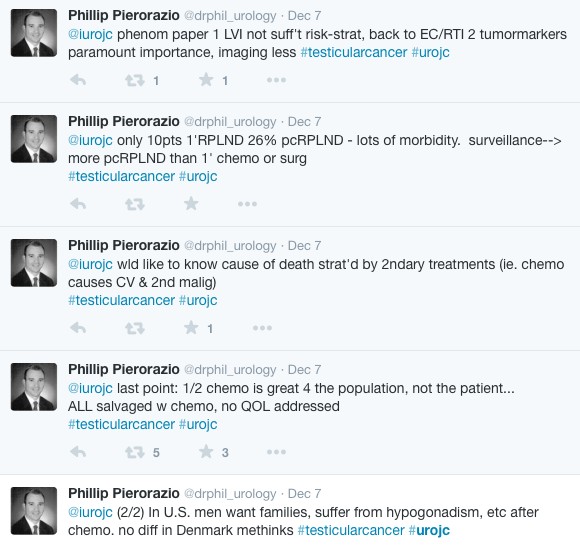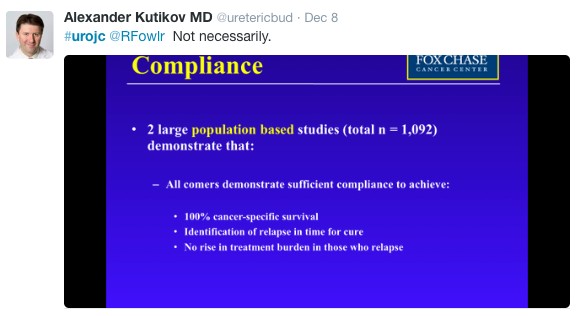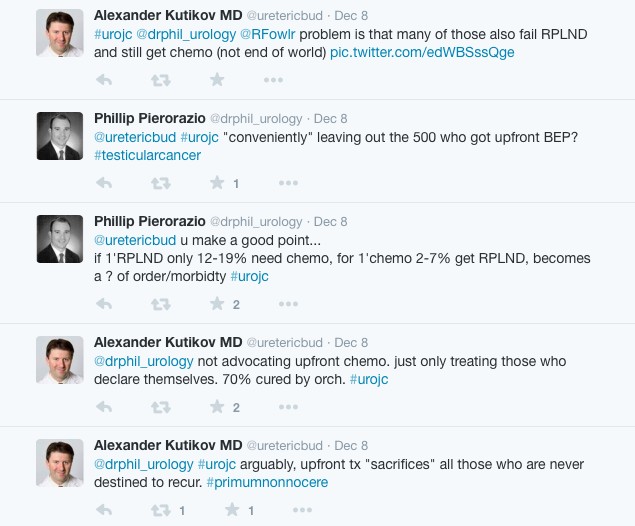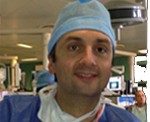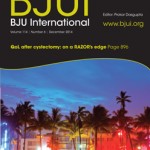Is active surveillance the way to go for stage I nonseminoma testicular cancer?

As usual, contributions to the discussion were on a global scale including Australia, United States, Canada, United Kingdom, Ireland, France and the Netherlands. It was great to see participation from trainees and their interactions with leading experts.
Initial discussion focused on the inclusion of the patients, and questions were raised regarding the changing sensitivity of relapse detection due to improved imaging standards over the study period.
However @urorao made a good point regarding exclusion criteria:
The ‘King of Twitter’ felt the strength of study was a high 96.1% compliance rate among Danish men.
The management of stage I nonseminoma testicular cancer in terms of risk factors and appropriate treatment was nicely summarized by @drphil_urology
@dycmd chimed in on the risk factor discussion. Traditionally, with vascular invasion, the risk of relapse is thought to be 50% however it was interesting that this paper revealed that vascular invasion alone resulted in a risk of only 18%. The presence of three risk factors (embryonal carcinoma, rete testis invasion, and vascular invasion) was shown to have the historical 50% relapse rate.
The discussion then moved onto finer points of management in this group of patients,
In terms of management of Stage IA patients, participants all agreed that active surveillance is appropriate with risk of relapse being 12%.
In terms of management of stage IB patients, there were two schools of thoughts. One group saw the glass half full (@uretericbud, @nickbrookMD) and the other group saw the glass half empty (@RFowlr, @drphil_urology).
@uretericbud and @RFowlr had a somewhat contrary views on the matter.
There was a discussion regarding appropriate selection for RPLND and the conclusions of this exchange was nicely summarised by @scientistatlrge
Overall, this was a high quality discussion for our first ever journal club paper on testicular cancer. The Best Tweet Prize was supported by the European Association of Urology (@uroweb) who have kindly offered a complimentary registration to the #EAU15.
The winner was @nickbrookMD who nicely put forward his argument for surveillance
We look forward to seeing you join us for the next #urojc which commences on 4/5 January 2015 depending upon your time zone. Do follow @iurojc for updates.
Yuigi Yuminaga @Yyuminaga is an advanced urology surgical trainee at the Sydney Adventist Hospital in Sydney, Australia.




